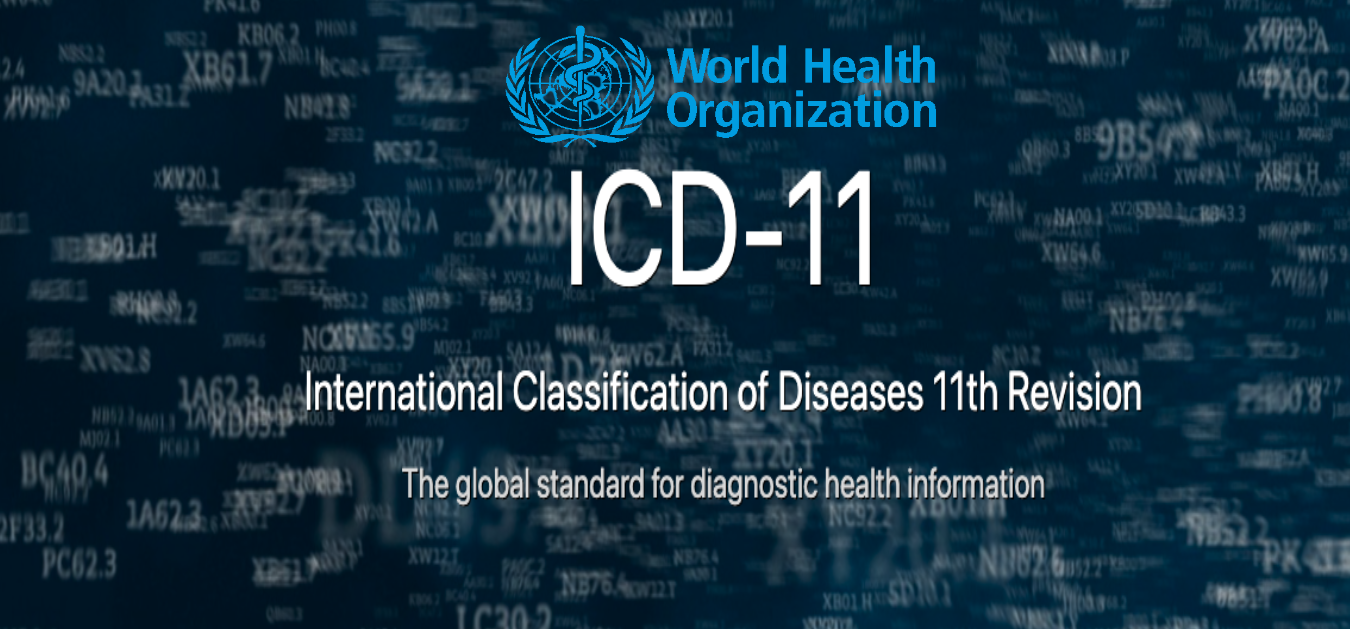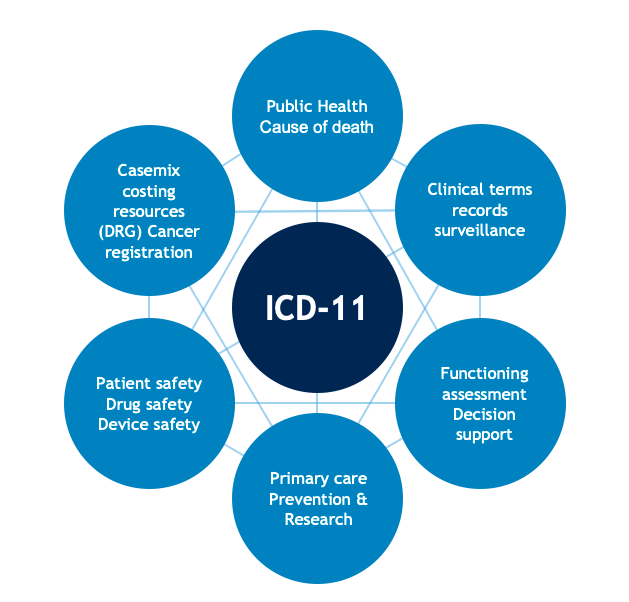Free Courses Sale ends Soon, Get It Now


Free Courses Sale ends Soon, Get It Now



Copyright infringement not intended
Picture Courtesy: www.who.int
Context: The move by the Union government to seek the inclusion of Ayurveda and related systems in the 11th revision of the World Health Organization's International Classification of Diseases (ICD) is a significant step toward giving traditional Indian medicine a global platform and standardizing its terminology.
Details

Picture Courtesy: www.who.int
Key Highlights of the Initiative
Significance of the Initiative
Conclusion
Must Read Articles:
WHO Global Summit on Traditional Medicine: https://www.iasgyan.in/daily-current-affairs/who-global-summit-on-traditional-medicine#:~:text=Traditional%20medicine%20is%20also%20part,artemisinin%2C%20originated%20from%20traditional%20medicine.
Gujarat Declaration: https://www.iasgyan.in/daily-current-affairs/gujarat-declaration
India’s Ayush Sector: https://www.iasgyan.in/daily-current-affairs/indias-ayush-sector
|
PRACTICE QUESTION Q. What are the primary obstacles faced in the integration of the Ayush system into mainstream healthcare in India, and what strategies can be employed to overcome these challenges and promote a more comprehensive healthcare system? |
© 2024 iasgyan. All right reserved